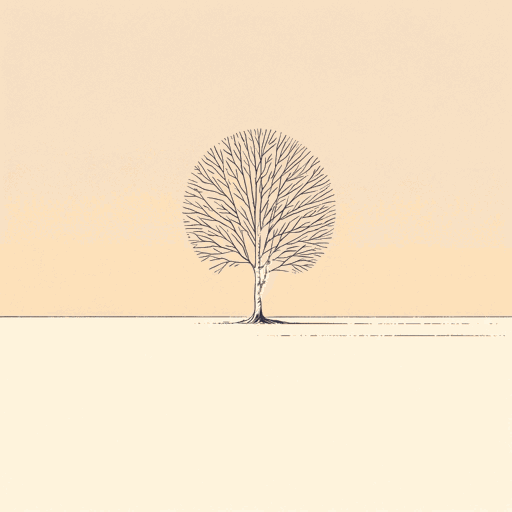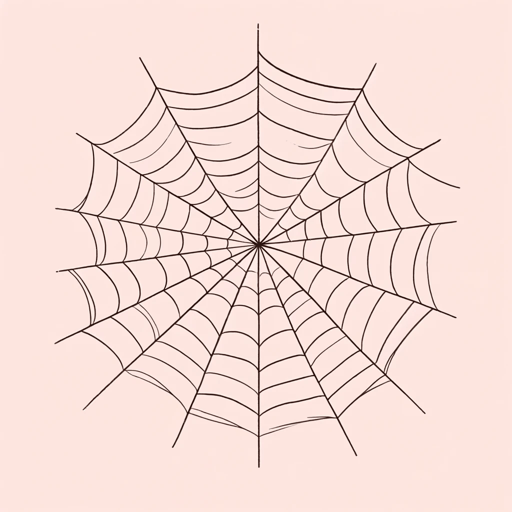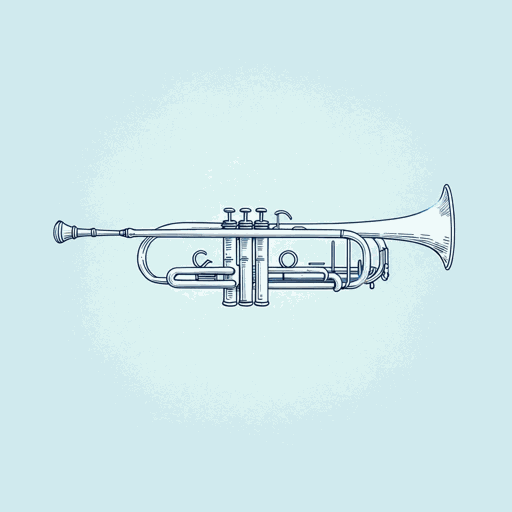26 pages • 52 minutes read
E. B. WhiteHere Is New York
Nonfiction | Essay / Speech | Adult | Published in 1948A modern alternative to SparkNotes and CliffsNotes, SuperSummary offers high-quality Study Guides with detailed chapter summaries and analysis of major themes, characters, and more.
Summary and Study Guide
Summary: “Here Is New York”
In his essay “Here Is New York” (1948), American author E. B. White shares his observations about the inhabitants, culture, and history of New York City. White, born in Mount Vernon, New York, in 1899, is best known as an author of children’s books, most notably Charlotte’s Web (1952), Stuart Little (1945), and The Trumpet and the Swan (1970). He was also a journalist and a longtime contributor to The New Yorker and Harper’s. In “Here Is New York,” which was expanded from an article White wrote for the travel magazine Holiday, White expounds on themes including The Passage of Time, The City as a Living Ecosystem, Vulnerability, and The Individual and the Community.
This study guide refers to the version of “Here Is New York” published by The Little Bookroom with a 1999 introduction by Roger Angell, White’s stepson.
Content Warning: This text references acts of terrorism, war, and racism.
White begins “Here Is New York” with a foreword, noting that the text is a product of a particular moment—a heat wave in the summer of 1948—and that it contains observations and facts that may no longer hold true. White posits it would be impossible to publish an accurate record of New York City given how quickly things change there.
In the opening line of the main text of the essay, White describes New York as offering two simultaneous gifts: “the gift of loneliness and the gift of privacy” (19). Loneliness and privacy, White suggests, exist on an axis where a person’s luck decides how they experience isolation in a place so teeming with people. White then describes another element of New York: its timelessness. Despite time passing, New York contains “the unexpungable odor of the long past” (19). White explains how New York is full of physical spaces where notable people from history lived, worked, and died. Among others, he names the American writers Ernest Hemingway and Walt Whitman and explains their connections to specific places in New York.
Next, White explains his theory about the connection between the city as a whole, the smaller communities that exist within it, and the individual. He notes that each person can choose how and in what ways they interact with all the events happening in the city at any given time, which he believes has a “positive effect on the creative capacities of New Yorkers” (25). White notes that the city provides a huge number of activities and types of entertainment for its inhabitants.
White then describes his theory that there are three versions of New York, each defined by a type of New Yorker: someone who is born there and is accustomed to the city, someone who commutes to the city for work but lives elsewhere, and someone who is from another place and arrives in New York on a “quest” (26). White describes how each type of person contributes something to the city’s ethos and energy.
White uses a simile (where something is compared to something else using “like” or “as”), comparing New York City to a poem, noting the similarities between the two. Specifically, he notes that a poem, like New York, compresses a significant amount of material into a small space and adds music, “thus heightening its meaning” (29). He transitions into a discussion of the city’s physical construction. White describes the physical appearance of the city’s architecture and how it functions. He deems it “a miracle that New York works at all” and is amazed that New York has not been destroyed by starvation, plague, fire, smog, or hysteria (32-33).
White observes that visitors to New York from smaller cities or towns “are unaware that life in New York follows the neighborhood pattern” (34). All the businesses and institutions necessary to community life are present in each small neighborhood of the city. While the scale of the entire city is huge, a person can easily get all they need within close proximity of their home.
White locates himself within the broader portrait of the city. He describes his early memories of New York, specifically his excitement at being in the same place as his literary heroes. Then, White offers a play-by-play in the present tense, giving the reader a glimpse into what he sees and hears, including music, a ship’s horn, people experiencing homelessness, and more.
Near the end, White reflects on time, describing New York as “both changeless and changing” (48). He notes how particular buildings have shifted in appearance and style, as have other details: the ways police conduct business, the speed with which automobiles drive, the number of cars on the street, and so on. With all these advances, White notes another change: a growing sense that New York “is destructible” (54). He cites airplanes, specifically, as a threat to the city, writing that they could “burn the towers, crumble the bridges, turn the underground passages into lethal chambers, cremate the millions” (54).
White ruminates on how easily New York could be destroyed. He then compares New York to a particular tree, which he believes “symbolizes the city” (56) because it has thrived despite unfavorable conditions. White concludes the essay by calling the New York a “mischievous and marvelous monument” and likens avoiding it, despite all the difficulties it presents, to “death” (56).
Related Titles
By E. B. White





